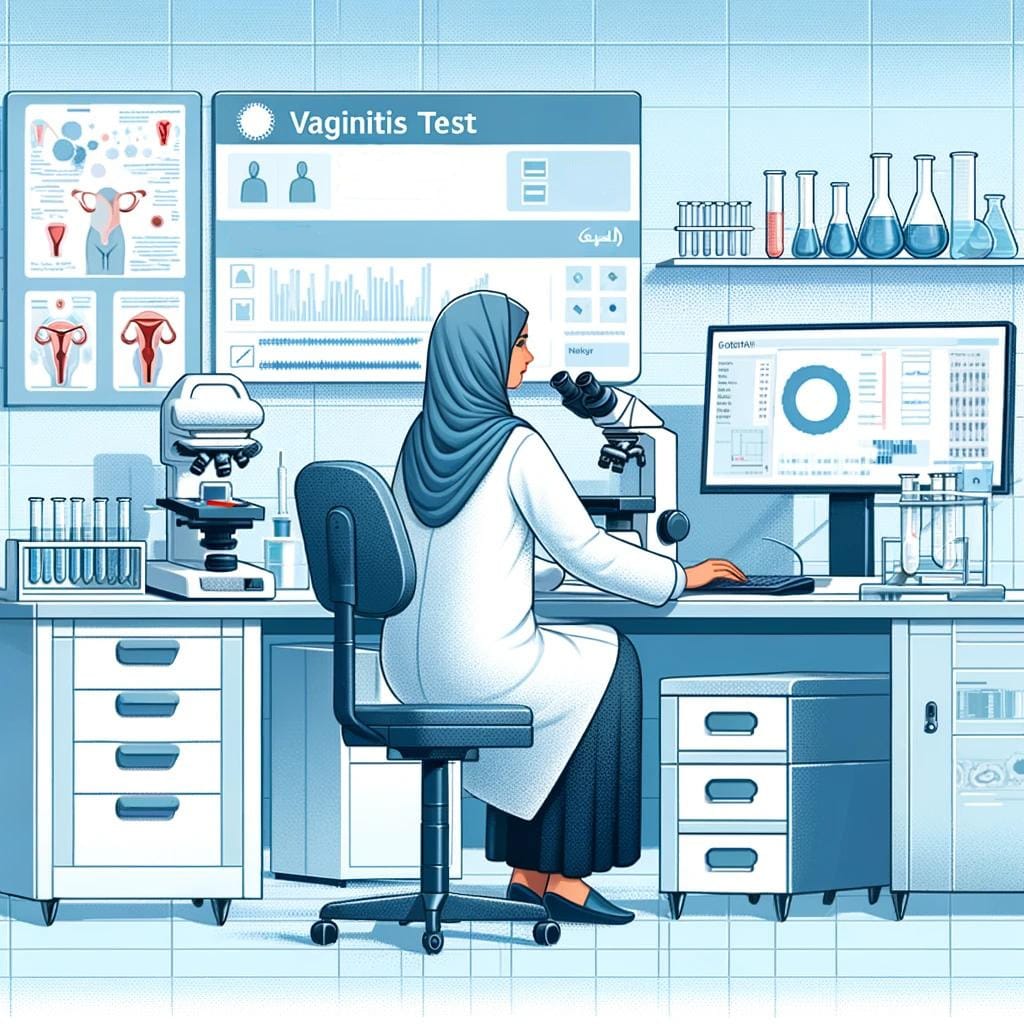Sepsis, a life-threatening response to infection, has long stood as a formidable challenge within the healthcare sector. This complex syndrome occurs when the body’s response to an infection injures its own tissues and organs, potentially leading to shock, multi-organ failure, and death if not recognized early and managed promptly. Its seriousness cannot be overstated, as sepsis is a major contributor to global morbidity and mortality, affecting millions of people worldwide each year.
Understanding Sepsis and Its Impact
Sepsis is essentially the body’s overwhelming and life-threatening response to an infection which can lead to tissue damage, organ failure, and death. Microbes entering the bloodstream and releasing toxins cause this systemic inflammation. Given its progression, sepsis can swiftly escalate from a mild condition to a severe one, underlining the importance of early detection and treatment.
The condition is a serious healthcare concern due to its ability to rapidly escalate, its high mortality rate, and the significant healthcare resources required to manage it. The detection and treatment of sepsis pose a twofold challenge: the need for swift identification of the causative pathogens and the urgency in administering the correct treatment regimen.
The Importance of Timely Detection
Early detection of sepsis is critical. The earlier sepsis is identified and treated, the better the outcomes for the patient. However, traditional methods of detecting sepsis, which often rely on culture-based tests, can be time-consuming and may not always identify the causative pathogen or its antibiotic resistance profile accurately, leading to delays in appropriate treatment.
Moreover, the signs of sepsis can be nonspecific and varied, making early diagnosis challenging. The condition requires a high index of suspicion and a multifaceted approach for rapid identification and management, emphasizing the need for innovative diagnostic solutions that can keep pace with the critical timelines demanded by sepsis treatment protocols.
InstaMed’s Cutting-Edge Solution: CubeDx Hybcell Technology
In response to these challenges, InstaMed has introduced its latest innovative and award-winning product, the CubeDx Hybcell technology. This unique diagnostic solution represents a significant leap forward in the timely and accurate detection of sepsis. By directly detecting pathogens from blood samples, CubeDx Hybcell technology drastically reduces the turnaround time for diagnosing this life-threatening infection, marking a pivotal advancement in the battle against sepsis.
Features and Benefits
InstaMed’s CubeDx molecular pathogen tests are specifically designed to assist infectious disease specialists by providing early indications of the pathogens causing sepsis from whole blood and other sample matrices within a remarkable timeframe of just 3 hours. With the world’s largest panel of pathogens and antibiotic resistance genes, this technology offers comprehensive insights, enabling healthcare professionals to make informed decisions swiftly and effectively.
Some of the key features of CubeDx Hybcell technology include:
- Rapid Results: Delivering outcomes in just 3 hours, significantly faster than traditional methods.
- Extensive Pathogen Identification: Capable of identifying 100 pathogen species plus resistance genes in a single test.
- High Yield and Sensitivity: Achieving a yield of up to 98% of microbial DNA with a limit of detection in whole blood at 20 CFU/mL, and offering clinical sensitivity of 74% and specificity of 99%.
- Comprehensive Diagnostics: Early and thorough results from just 0.5 mL of whole blood, facilitating the sensitive and parallel identification of bacteria, fungi, and resistance genes.
- Simple and Efficient: The test ensures simple handling and an optimized workflow, providing quicker results and aiding in the prompt initiation of appropriate therapies.
By streamlining the diagnostic process and offering unparalleled sensitivity and specificity, CubeDx Hybcell technology is poised to revolutionize the way sepsis is detected and treated. This innovative solution underscores InstaMed’s commitment to enhancing patient outcomes and optimizing resource utilization in laboratories, setting a new standard in the management of this critical condition.
Conclusion
The fight against sepsis is a critical battle in the realm of healthcare, demanding swift action and precise intervention. With the advent of InstaMed’s CubeDx Hybcell technology, the healthcare industry is now equipped with a powerful tool in the timely detection and management of sepsis. This breakthrough technology not only promises to improve patient outcomes significantly but also represents a monumental step forward in our collective effort to combat this life-threatening condition.




